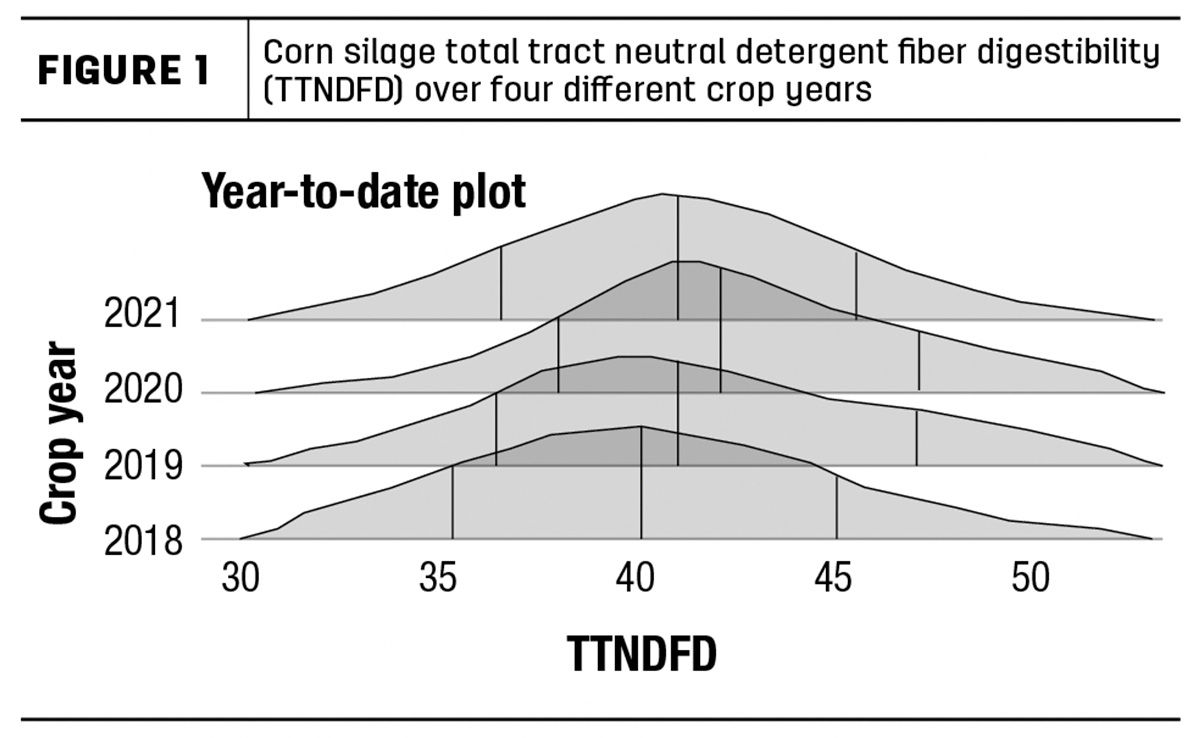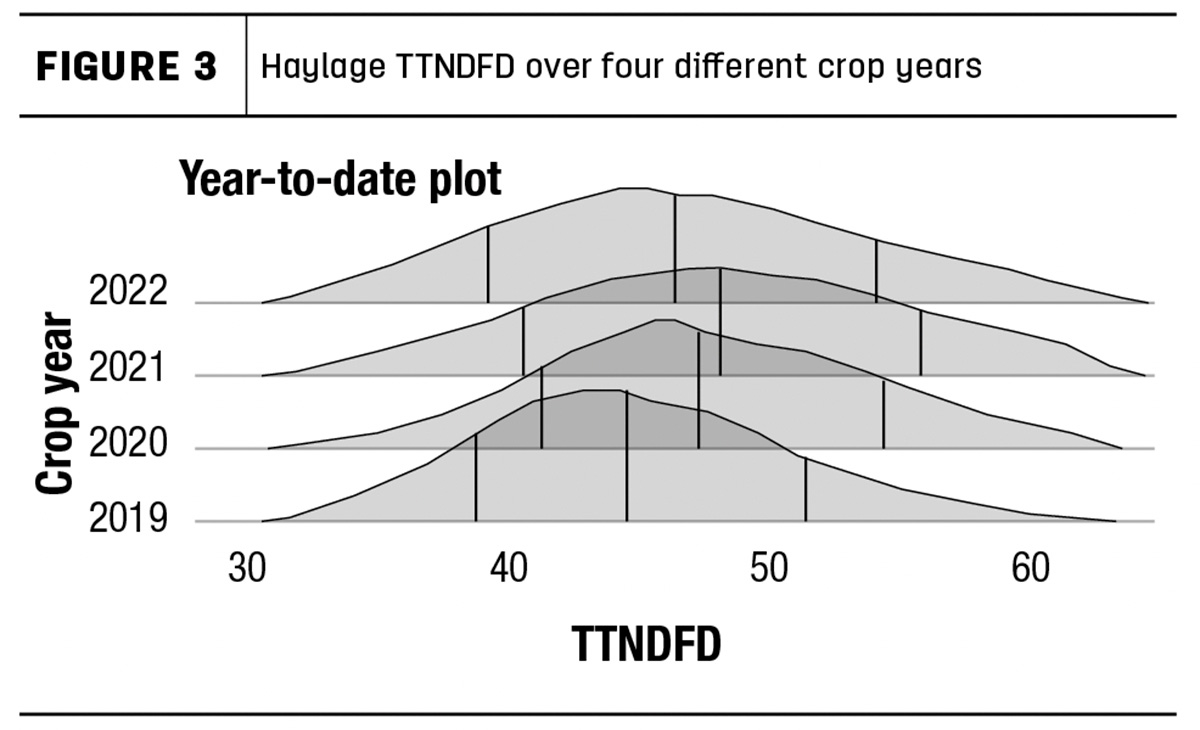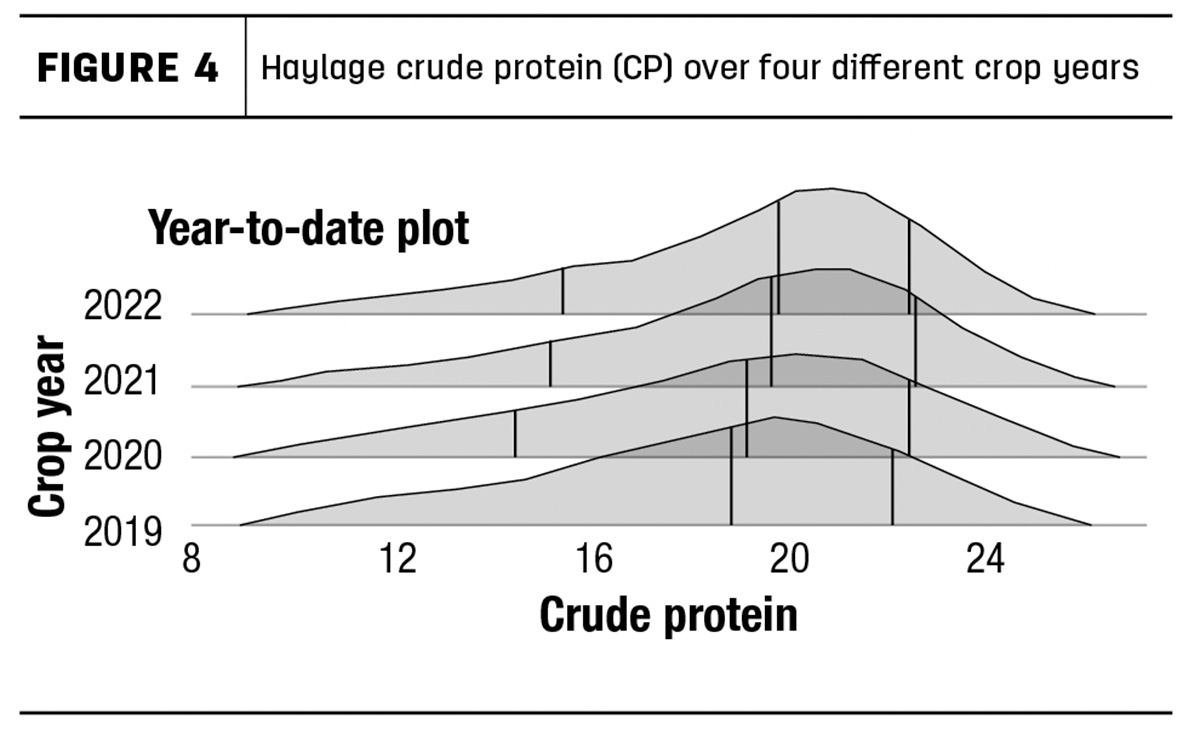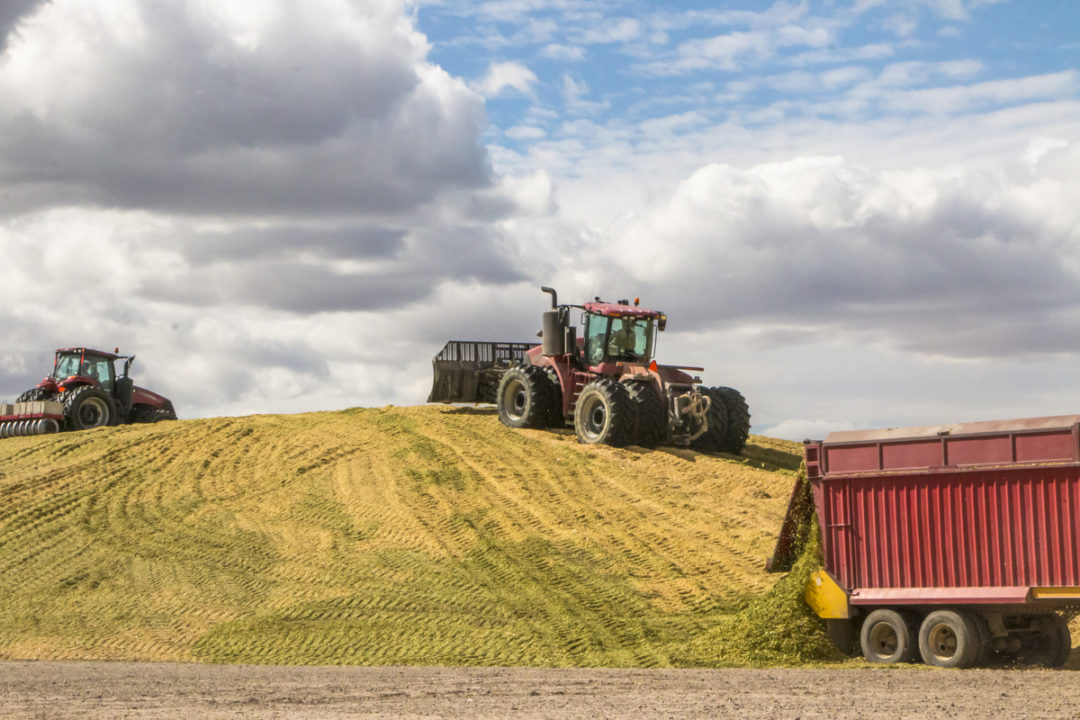When following a recipe, it's often necessary to grab the correct ingredients at the store in order to get the optimal desired outcome. Similar to whipping up a cake or mixing your favorite dry rub, creating a dairy ration requires specific ingredients. A major ration component is forage, and the nutrient content of these forages is frequently unknown until the pile, bunker or silo is opened. Because of this, rations are typically balanced around these forages. But what if nutritionists could better prepare to formulate rations with an accurate forage outlook? If multiple years of inventory exist, what if the forages that best fit the needs of the herd at that time, or the group we are looking to target, could be selected? Sampling fresh chop feed as it goes into the pile has potential to do just that.
With harvest just around the corner, planning all the little details to get everything done as smoothly and efficiently as possible is in motion. This harvest is a critical piece of every dairy operation that will have an impact on feeding and production for a whole year (or more) ahead. We know that the crop can look very different year to year, based on management practices and environmental conditions. Sampling forages as they are harvested can offer many advantages, including: (1) understanding how the environment impacted the crop in a given year and (2) helping identify what is and isn’t working from a management standpoint.
Environment has a significant impact on forage quality and is the biggest contributing factor in year-to-year forage difference. Figures 1-4 highlight the year-to-year differences in nutrients, such as total tract neutral detergent fiber digestibility (TTNDFD) for common feeds. These figures also reveal how the range and variation in these nutrients can be quite different depending on the year. These variations over time can contribute to differences in production and efficiency encountered when changing silage piles.



 Although we cannot change environmental growing conditions in a given year, knowing the impact of these on feed can help us better understand potential challenges or opportunities the ensiled feed may offer as we begin to break into the pile in the months to years ahead. The 2021 crop was above average in starch percentage, but challenging environmental conditions led to a very hard corn kernel, which in turn decreased starch digestibility. This can be observed in Figure 3 as a lower rumen-degradable starch percentage in 2021 compared to years past. This lower rumen digestibility can lead to a whole host of potential problems at feedout. However, knowing this beforehand gives the producer and nutritionist plenty of time to strategize on how to best handle this potential change.
Although we cannot change environmental growing conditions in a given year, knowing the impact of these on feed can help us better understand potential challenges or opportunities the ensiled feed may offer as we begin to break into the pile in the months to years ahead. The 2021 crop was above average in starch percentage, but challenging environmental conditions led to a very hard corn kernel, which in turn decreased starch digestibility. This can be observed in Figure 3 as a lower rumen-degradable starch percentage in 2021 compared to years past. This lower rumen digestibility can lead to a whole host of potential problems at feedout. However, knowing this beforehand gives the producer and nutritionist plenty of time to strategize on how to best handle this potential change.
In years where environmental conditions do not allow for ideal cutting windows, forage quality on each cutting may not follow its usual pattern. We can use harvest sample data to strategically open silages. If there are five cuttings of haylage in five different bags, we may be able to plan ahead on how to best utilize these based on the fresh chop samples. Similar to meticulously sorting through produce at the grocery store, we shop our silage piles, planning to open the best pile when production is forecasted to be highest, such as spring flush.
Sampling fresh chop samples can also help in identifying factors we can proactively impact ahead of harvest. Once forages are ensiled, it is nearly impossible to identify the impact of differences that occur at a field level, such as hybrid, planting date, fertilization practices or irrigation levels. If a producer wants to examine the potential impact of these factors on feed quality, sampling the feed as it is harvested can help. Research studying the impact of different management factors on feed quality – including the impact of fungicide use, planting population and different genetics or hybrids – has been conducted. However, these trials may have been completed under circumstances different than the producer's experience.
As producers seek to improve forage quality every year, being able to look at these differences on individual operations can better outline what works best for each operation and in each unique geographical location. For farms located in dry areas, it can highlight what feeds excel with lower irrigation levels. These comparisons are a key step in helping target individual nutrition goals – whether it be maximizing starch production or focusing on digestible fiber. Sampling forage going into the pile also allows for a multi-year onsite database, tracking forage quality responses to the array of management practices a farm employs. When forages are limited due to drought or low water availability, maximizing forage quality is a critical step in creating a successful forage program.
If a farm decides this is a strategy it would like to implement, sampling protocols can help ensure fields are represented accurately. Fields are rarely all the same size, so sample number should be adjusted to the number of acres represented. For example, if one field is 60 acres and the other is 120 acres, twice the number of samples should be taken from the larger field to accurately represent those acres.
As farms work to implement more management practices in every aspect of their operations, analyzing forages as they are harvested offers another level of precision agriculture. This simple effort provides nutritionists another tool at their disposal in formulating the best ration based on animal needs and economic conditions. Whether shopping for forages or fresh produce, sometimes adding one more step in the process can mean less waste and greater production – be it cows or kids!











